Jirisan Hanok Village (지리산한옥마을)
11.4Km 2024-12-24
43 , Daejeongbangcheon-gil, Namwon-si, Jeonbuk-do
+82-63-636-1003, +82-10-8107-1838
Jirisan Hanok Village, in Namwon-si, Jeollabuk-do, is a famous old house at the foot of Jirisan National Park’s Cheonwangbong and Nogodan Peaks. Just 20 minutes by car away from Nogodan and Baemsagol Valley Trail, the place is popular with walkers especially in the summer. Businessmen, poets and writers come here for the beautiful scenery; in particular, a candidate for the 2008 Nobel Prize in Literature stayed and worked here for a while.
Chunhyang Festival (춘향제)
11.4Km 2024-04-07
1447 Yocheon-ro, Namwon-si, Jeonbuk-do
+82-63-620-5770
Taking place in Namwon, Chunhyang Festival celebrates the love between Chunhyang and Lee Mongryong, based on the famous Korean love story, Chunhyangjeon. Held since 1931, the festival aims to spread the story not only around Korea but to international visitors as well through hands-on experiences and moving performances. The highlight of the festival is the beauty pageant that attracts many people.
Gwanghallu Pavilion (광한루)
11.5Km 2024-04-07
1447, Yocheon-ro, Namwon-si, Jeonbuk-do
+82-63-620-6172
Rebuilt in 1638 (the 16th year of King Injo), Gwanghallu Pavilion is one of the Joseon dynasty’s most exemplary structures. The pavilion was constructed in 1419 by Hwang Hui, a noted prime minister in the early Joseon dynasty, during his exile to Namwon. The name of the pavilion at that time was Gwangtongnu. In 1434, while the pavilion was undergoing reconstruction, scholar and politician Jeong In-ji called it Gwanghallu after Gwanghancheongheobu, the mythical palace on the moon. Designated as Treasure No. 281, the pavilion is one of four major pavilions known for excellent craftsmanship, along with Yeongnamnu Pavilion (Miryang), Chokseongnu Pavilion (Jinju), and Bubyeoknu (Pyeongyang). Gwanghalluwon Garden, which consists of Gwanghallu Pavilion, a pond, Bangjangjeon Pavilion, and Yeongjugak Pavilion form Historic Site No. 33.
Gwanghalluwon Garden (광한루원)
11.5Km 2025-08-06
1447 Yocheon-ro, Namwon-si, Jeonbuk-do
Originally known as Gwangtongnu, Gwanghalluwon Garden was built by Hwang Hui Jeongseung in 1419 during the reign of Joseon dynasty’s King Sejong. Because of its outstanding beauty, Governor Jeong In-ji gave the garden the name "Gwanghallu" in 1444, comparing it to a garden from the palace on the moon. It is famous as the location where Lee Mong-ryong and Chunhyang (two lovers from a well-known Korean folk story) first met. In the 1920s Chunhyangsa Temple was established in the neighboring area and a portrait of Chunhyang was hung in a place of honor. The garden is the venue of the Chunhyangjae Festival every spring, celebrating the deep and lasting love of the famous couple. The area around Gwanghalluwon Garden is full of many attractions, including Ojakgyo Bridge, symbolizing the bridge connecting Chilseok and Gyeonwu from the traditional story of Chilseok; and Chunhyang Hall, Wolmae-jip (house of Chunhyang's mother), Wanwoljeong Pavilion, Yeongjugak Pavilion, Samsinsan and many other traditional buildings.
Namwonyechon by Kensington (남원예촌)
11.5Km 2024-12-24
17 , Gwanghanbuk-ro, Namwon-si, Jeonbuk-do
+82-63-636-8001
Namwonyechon in Namwon, Jeollabuk-do, combines the beauty of traditional hanok with the convenience of a hotel. In summer, rooms with daecheongmaru are popular, and in winter, you can cozy up to an oakwood fire. A hanbok experience, pansori and gayageum performances, and a traditional games experience are provided free of charge. Residents get a free entry pass with mapae(a certificate to allow officials to use horses) to nearby Gwanghalluwon Garden, Chunhyang Theme Park, and Baekdudaegan Ecological Education Center. Room minibars are also free of charge.
Stayriun [Korea Quality]스테이리운[한국관광 품질인증]
11.6Km 2024-08-14
53-7 , Gosaem-gil, Namwon-si, Jeonbuk-do
+82-507-1493-0660
Stayriun is a private hanok adjacent to the famous Gwanghalluwon Garden in Namwon, Jeollabuk-do. Accommodation is in the sarangchae and the main building. The sarangchae is a cozy space for two people with a small yard and a wooden maru where you can enjoy a cup of tea. The main building has high ceilings, large windows and a terrace, giving a sense of openness; the floor is neatly finished in wood and stone. There’s a beam projector, and an indoor spa.
Namwon Recreational Forest (남원자연휴양림)
11.6Km 2024-04-07
228, Bosan-ro, Namwon-si, Jeonbuk-do
+82-63-633-5333
Namwon Recreational Forest is located at the base of Cheonhwangsan Mountain. Korean pine trees that are twenty to thirty years old span over a 330,578 ㎡ stretch of land with a 4-kilometer-long walking path in between, serving as the perfect place for forest bathing. The recreational forest facility is equipped with convenient facilities, including accommodations, a sports field, seminar rooms, and swimming pool and campfire sites. It also serves as a great field trip destination due to its well-preserved nature and small wild animals witnessed on site.
The Face Shop [Tax Refund Shop] (더페이스샵)
12.0Km 2024-04-22
385-16, Nammun-ro, Namwon-si, Jeollabuk-do
-
Namwon Silsangsa Temple (실상사(남원))
12.1Km 2024-04-07
94-129, Ipseok-gil, Namwon-si, Jeonbuk-do
+82-63-636-3031
Silsangsa Temple was constructed by Monk Jeunggak, as one of nine special temples in the year 828. The temple was established because of the theory of divination, based on topology. The belief held that Korea’s good spirit would be taken away to Japan, bringing bad luck if the temple was not constructed at this particular location. The temple was reconstructed in the 26th year of King Sukjong’s reign (1700) after it was completely destroyed during the Imjin War (1592-1598). However, it was almost burnt down in the 19th year of King Gojong’s reign (1882).
It is presently preserved just as it was during the Unified Silla Kingdom, with its three-story pagoda and its 11 treasures with a total of 17 cultural assets. The entrance of the temple lies in the middle of a rice field and the temple has a pastoral view, surrounded by trees. From the entrance, visitors can cross the half-moon shaped stone bridge to find a remarkable totem pole.
[Jirisan Trail Course] Inwol-Geumgye
12.3Km 2024-04-06
308-1 Junggun-ri, Inwol-myeon, Namwon-si, Jeonbuk-do
Inwol-Geumgye Trail Course is part of the Jirisan Trail, starting from Inwol-myeon, Namwon-si, Jeollabuk-do, and passing through Deunggujae in Hamyang-gun, Gyeongsangnam-do, before reaching the village of Geumgye. Covering a distance of 20.5 kilometers, completing the trail typically takes around 10 hours, leading many travelers to plan a 1-night, 2-day itinerary. Along the way, hikers can enjoy the majestic landscapes of Jirisan Mountain, vast rice paddies, and visit six mountain villages.
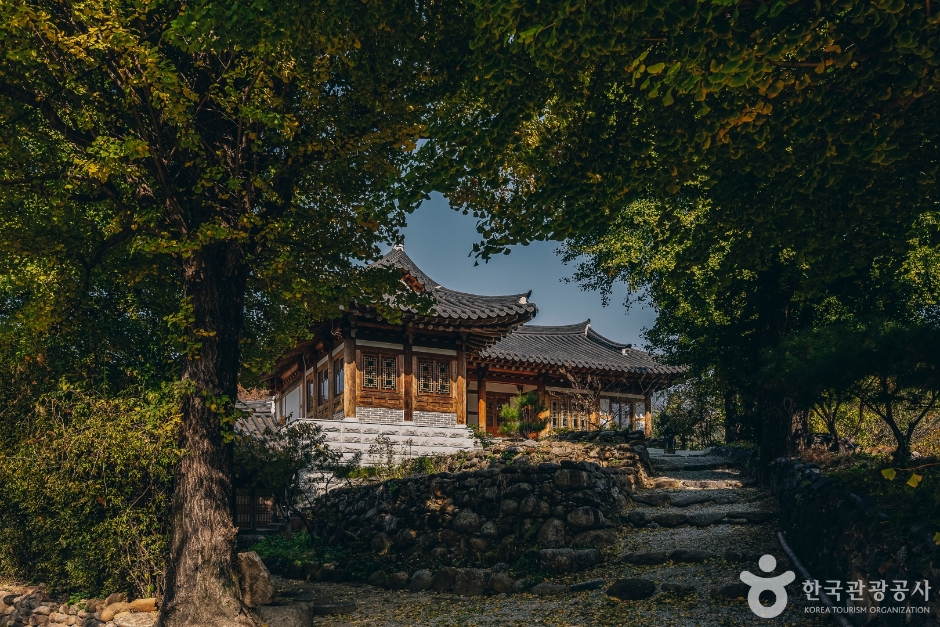
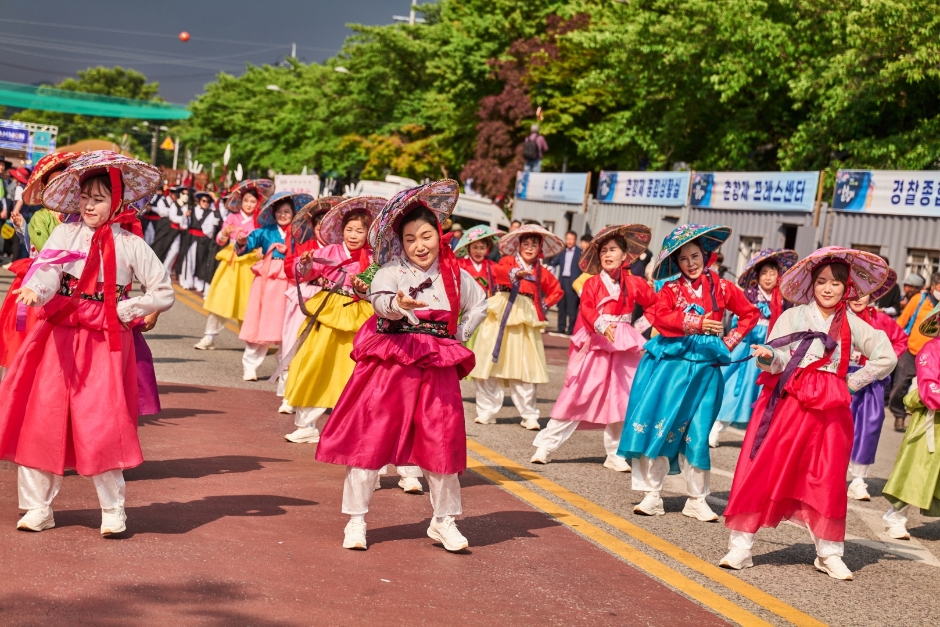
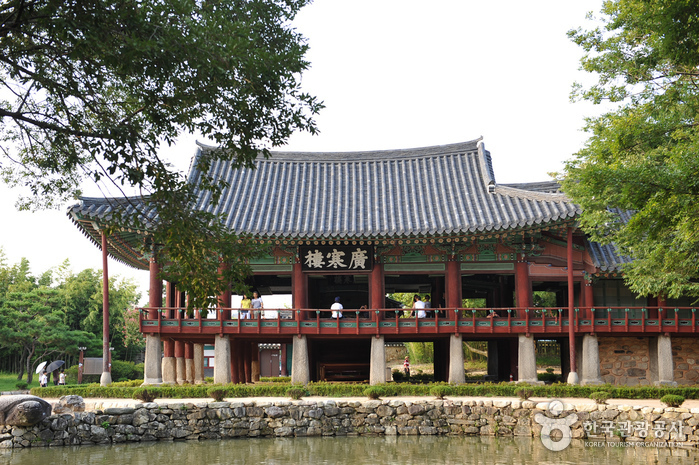
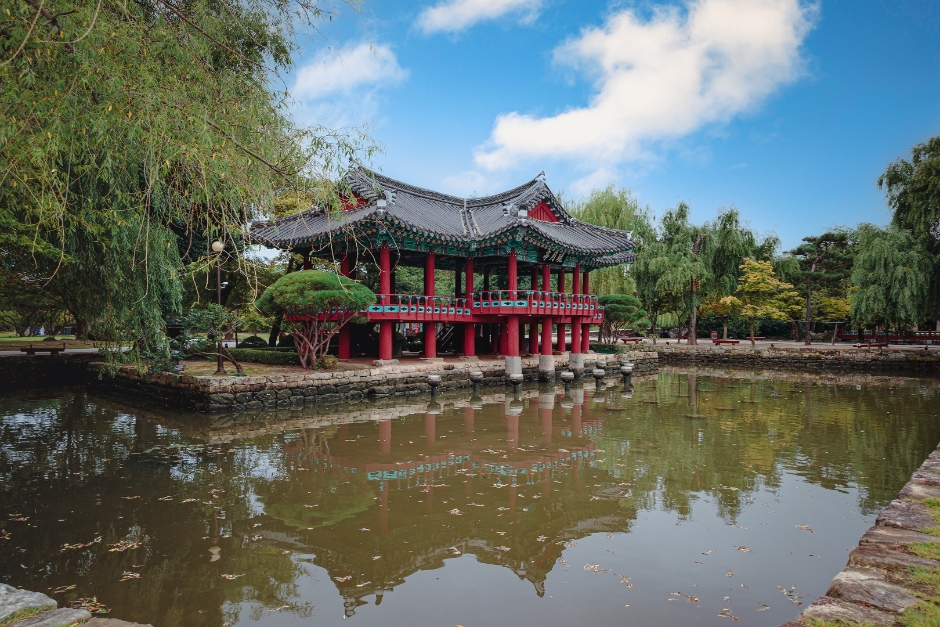
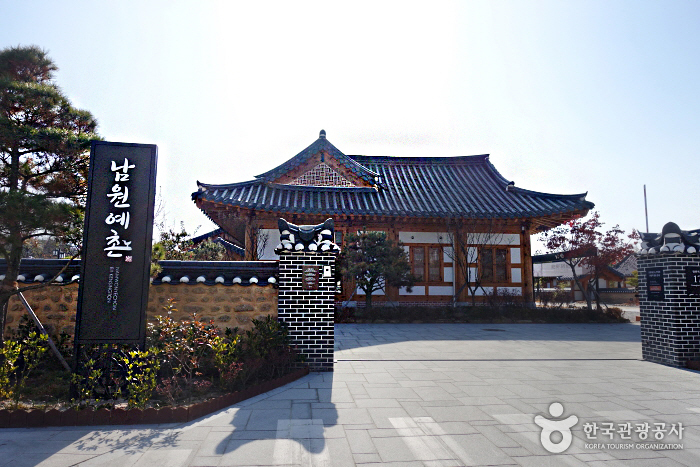
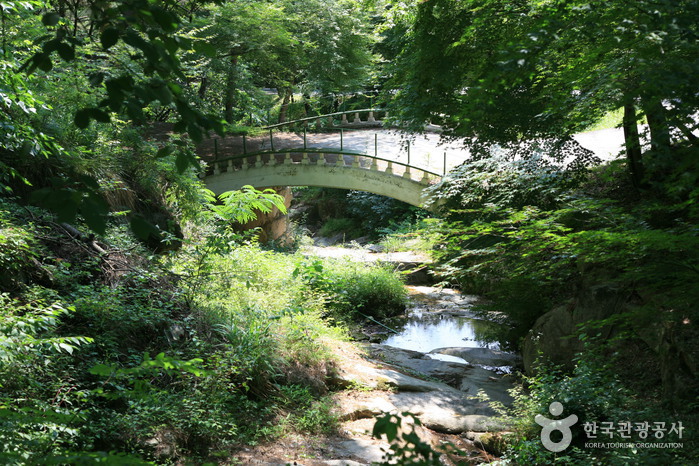
![The Face Shop [Tax Refund Shop] (더페이스샵)](http://tong.visitkorea.or.kr/cms/resource/77/2890977_image2_1.jpg)
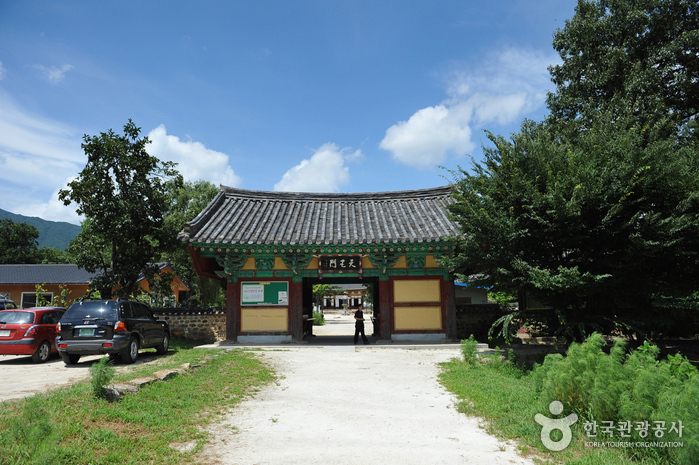
![[Jirisan Trail Course] Inwol-Geumgye](http://tong.visitkorea.or.kr/cms/resource/73/1918173_image2_1.jpg)
 English
English
 한국어
한국어 日本語
日本語 中文(简体)
中文(简体) Deutsch
Deutsch Français
Français Español
Español Русский
Русский